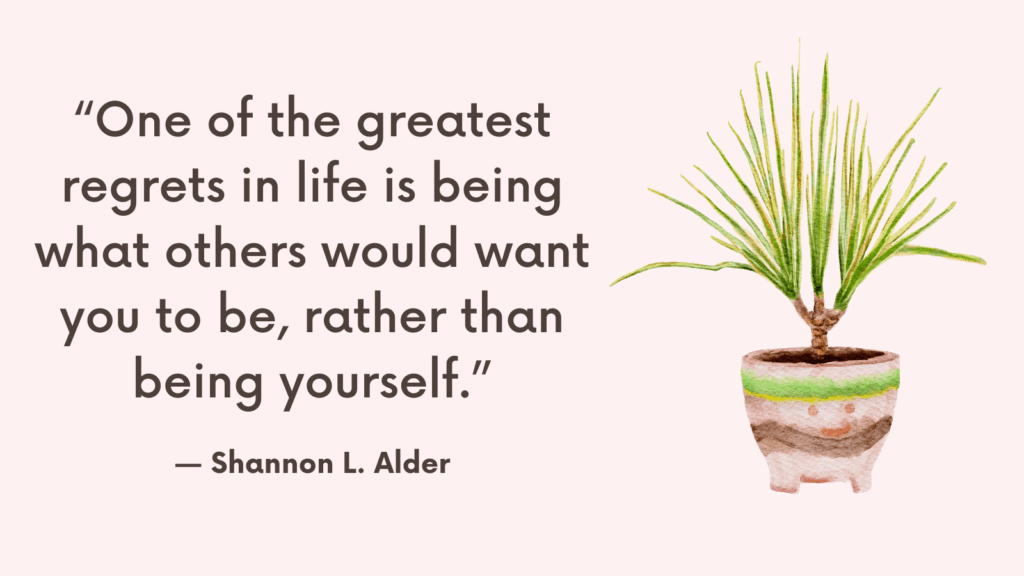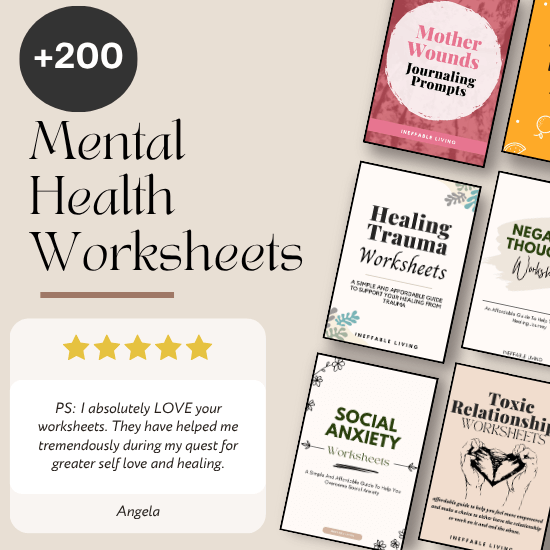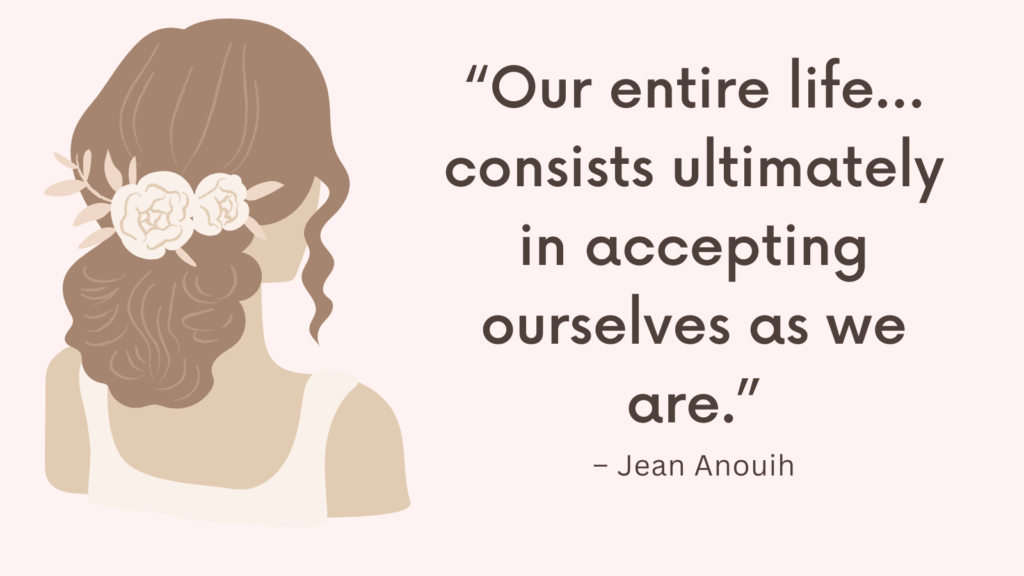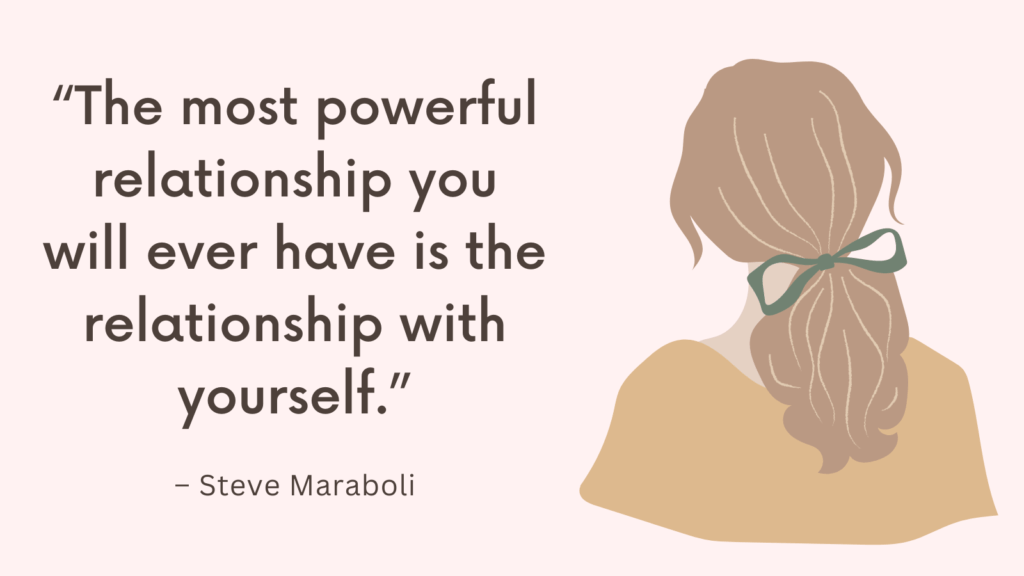Confidence anchors are physical or mental cues that help you tap into a calm, grounded, and empowered version of yourself — especially in socially anxious moments. They serve as reminders that you are capable, safe, and allowed to take up space, no matter where you are. These anchors become tools you can carry into any room, conversation, or challenge.
What Are Confidence Anchors?
Confidence anchors are personal tools or cues — physical, mental, or emotional — that help you quickly reconnect with a sense of strength, calm, and self-assurance. They’re like mental “grounding points” you can use whenever anxiety, doubt, or self-consciousness start to rise. These anchors help shift your state from fear or insecurity to focus and inner steadiness.
Why They Work
Anchors tap into the mind-body connection. When you combine intention with physical action, your nervous system shifts out of fear mode and into self-regulation. Over time, using the anchor becomes automatic — and powerful.
Confidence anchors are small, simple, and deeply effective. They don’t make fear disappear, but they help you move through it with more clarity, presence, and personal power.
Related: How Confident Am I Quiz (+Best 13 Tips on How to Carry Yourself with Confidence)
How to Create Confidence Anchors You Can Use Anywhere?
1. Identify a Confident Memory
Think of a time when you felt strong, calm, and self-assured — even briefly.
- What were you doing?
- What did it feel like in your body?
- What did your posture, breathing, and tone feel like?
Hold onto that feeling. This is your emotional reference point.
2. Choose a Physical Gesture
Pick a subtle movement you can repeat anytime you need to access that feeling.
- Press your thumb and finger together
- Place your hand over your heart
- Stand with feet shoulder-width apart and straighten your back
Doing this consistently helps your body associate the gesture with calm confidence.
3. Create a Power Phrase
Develop a short statement you can silently repeat to ground yourself.
Examples:
- “I am steady and grounded.”
- “I belong here.”
- “Confidence is already in me.”
Keep it short and emotionally resonant.
Related: Best 21 Self Confidence Exercises For Adults
4. Use a Sensory Object
Carry a small, calming item you can touch when anxiety rises.
- A smooth stone
- A textured bracelet
- A calming scent (roll-on essential oil)
Touching this item while breathing deeply becomes a signal of safety.
5. Practice Anchoring Daily
Build the association even when you’re not anxious.
- Inhale deeply
- Do your gesture
- Recall your confident memory
- Say your power phrase
Repetition builds strength. Over time, it becomes second nature.
Related: How to Fake Confidence Until It Feels Real?
6. Pair It With Movement
Anchor confidence through your body language.
- Stand tall, shoulders relaxed
- Keep your head up
- Slow your movements
Your body sends signals to your brain that you are secure and in control.
7. Use Anchors Before and During Stressful Moments
Before entering a room, talking to someone new, or facing a trigger, activate your anchor:
- Touch your object
- Repeat your phrase
- Use your grounding gesture
This gives you an immediate sense of control and familiarity.
Related: 21-Day Confidence Challenge
8. Customize It to Fit You
Your anchor should reflect your version of confidence — not someone else’s.
- If confidence feels calm, anchor that.
- If it feels bold, anchor that.
There’s no one right way to feel powerful — just the way that works for you.
9. Reinforce After Small Wins
Each time you use your anchor successfully, acknowledge it.
- “That helped me walk into that room.”
- “I stayed grounded even when nervous.”
This builds trust in the tool — and in yourself.
Related: How to Bounce Back from a Confidence Crash?
Long-Term Strategies to Build Confidence
1. Take Consistent, Small Risks
Confidence grows from doing things that make you a little uncomfortable — not from waiting to feel ready.
- Speak up once in meetings
- Initiate a short conversation with a stranger
- Try something new without knowing the outcome
Over time, these small acts add up to self-trust.
2. Track Evidence of Your Growth
Keep a journal or note where you write down every time you:
- Faced a fear
- Followed through on something hard
- Handled something better than expected
This becomes a personal record of progress you can revisit when doubt creeps in.
3. Focus on Process, Not Perfection
Confidence isn’t built by doing things perfectly — it’s built by showing up even when you mess up.
- Praise the effort, not just the outcome
- Ask: “What did I learn?” instead of “Did I succeed?”
This shift builds resilience, not just performance.
Related: Confidence After a Breakup: How to Rebuild Your Self-Image?
4. Create a Strong Inner Voice
The way you speak to yourself becomes your baseline for self-worth.
- Replace “I’m not good enough” with “I’m learning”
- Speak to yourself like you would to a close friend
Kind, steady self-talk trains your brain to feel safer in your own skin.
5. Build Mastery in Meaningful Areas
Confidence grows when you become competent in something that matters to you.
- Learn a skill deeply
- Practice consistently
- Share your knowledge
Mastery breeds assurance because you know what you’re capable of.
6. Keep Promises to Yourself
Self-confidence is self-trust. The more you do what you say you will — even small things — the stronger that trust becomes.
- Follow through on your goals
- Show up on time
- Treat your own commitments with respect
Related: 10 Daily Habits That Secretly Destroy Your Confidence
7. Surround Yourself With Safe, Supportive People
Confidence grows faster when you’re not constantly fending off criticism or comparison.
- Choose relationships that uplift, not undermine
- Spend time around people who let you be fully yourself
8. Learn to Regulate Your Nervous System
A calm body makes it easier to access confidence.
- Practice deep breathing, grounding, or meditation
- Exercise regularly to reduce stress hormones
- Rest when you need to reset
The more your body feels safe, the more your confidence can come forward.
9. Let Go of External Comparison
Confidence rooted in comparison is always shaky. Instead:
- Compare yourself to your past self, not others
- Focus on your lane and your values
- Measure progress in alignment, not applause
10. Accept That Confidence Is Built, Not Given
Confidence doesn’t magically arrive — it’s built every time you act with courage, honor your needs, and learn from discomfort.
- Normalize the discomfort of growth
- Let fear walk beside you, but not lead
- Celebrate progress, no matter how slow
Related: How to Be Proud of Yourself Without Guilt?
Common Misconceptions About Confidence Building
1. Confidence Means Always Feeling Sure of Yourself
Reality: Confidence isn’t the absence of fear or doubt. It’s the ability to move forward despite uncertainty. People who appear confident still feel nervous — they’ve just learned to act with courage anyway.
2. Confident People Never Get Anxious
Reality: Anxiety and confidence can coexist. Many confident individuals still experience nervousness, especially in new or high-stakes situations. What sets them apart is how they respond to that anxiety.
3. You Have to Be Extroverted to Be Confident
Reality: Confidence looks different for everyone. Quiet confidence is just as powerful as bold charisma. You don’t need to be loud, outgoing, or socially dominant to be self-assured.
4. Confidence Is All About Appearance
Reality: While posture and presentation can reflect confidence, true confidence comes from inner trust, not outer image. It’s built by taking risks, following through, and handling setbacks — not just looking the part.
Related: How to Develop a Secure Relationship with Yourself?
5. You Either Have Confidence or You Don’t
Reality: Confidence is a skill, not a fixed trait. Like any skill, it grows with consistent practice, discomfort, and reflection. Everyone can build it — at any stage of life.
6. Confidence Means Never Failing
Reality: Confident people fail — a lot. What they’ve built is resilience. They know failure doesn’t define them, and they’re willing to keep trying without letting setbacks destroy their self-worth.
7. Confidence Comes From External Validation
Reality: True confidence isn’t built on compliments, likes, or approval. It comes from internal validation — knowing you are worthy regardless of what others think.
8. Confidence Requires Constant Positivity
Reality: You don’t need to be endlessly upbeat to be confident. Real confidence includes honesty, self-awareness, and the ability to face discomfort without losing your sense of self.
9. Confidence Means You Always Know What to Say
Reality: Confident people don’t always have the right words — they just don’t fear the silence. They allow themselves to pause, make mistakes, or admit they don’t know without shame.
10. Building Confidence Should Feel Easy
Reality: Confidence is often built in the hard moments — showing up when you want to hide, speaking when your voice shakes, trying again after a failure. It’s not easy, but it’s always worth it.
Related: Best 10 Confidence Books
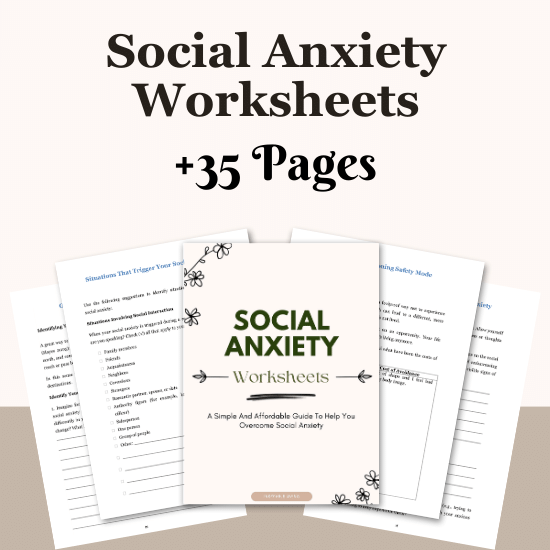
Conclusion
Confidence anchors don’t eliminate fear — they remind you of your strength within it. With steady practice, they become quiet signals that no matter the place or situation, you can return to yourself, stand tall, and move forward.
